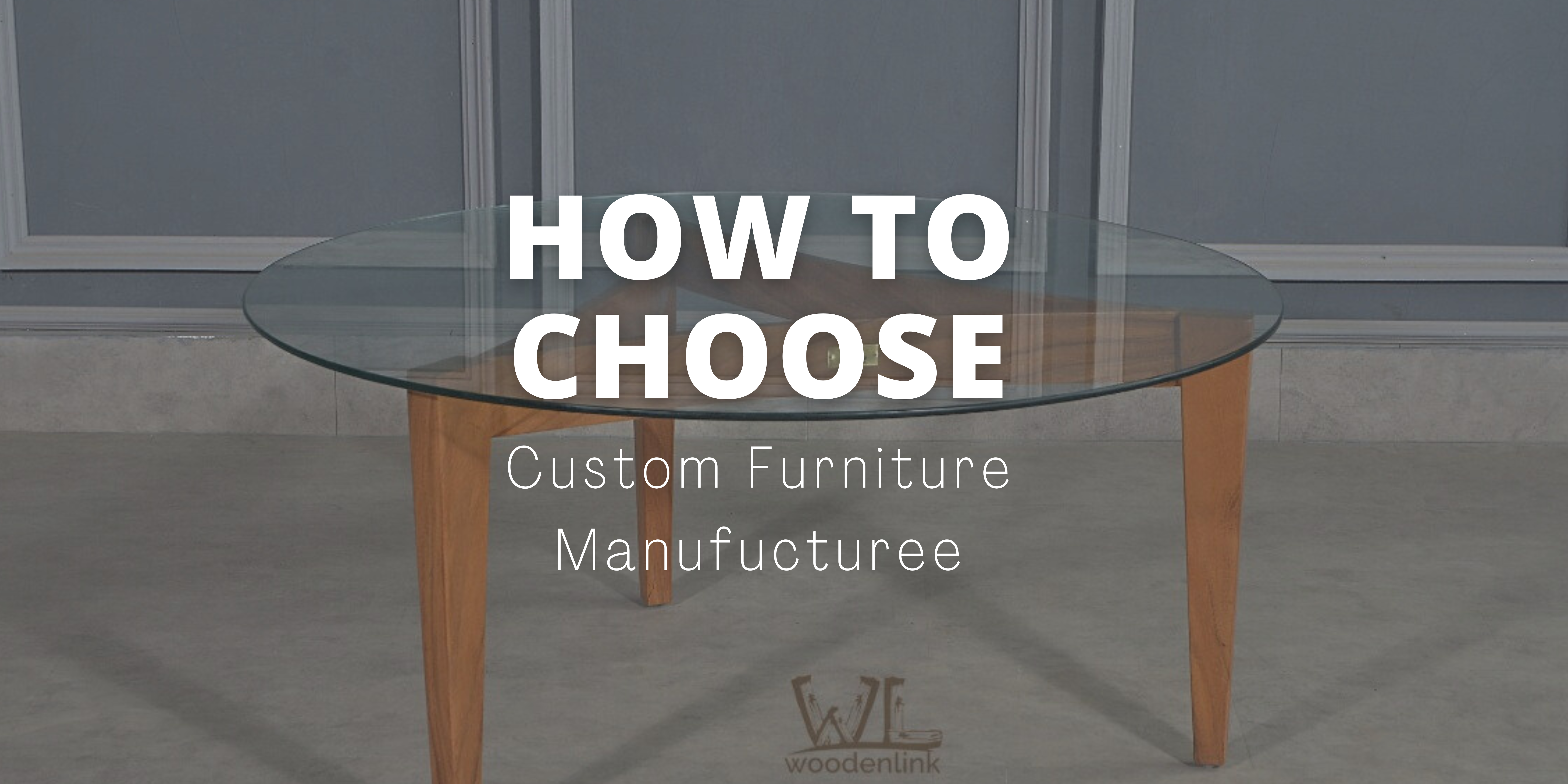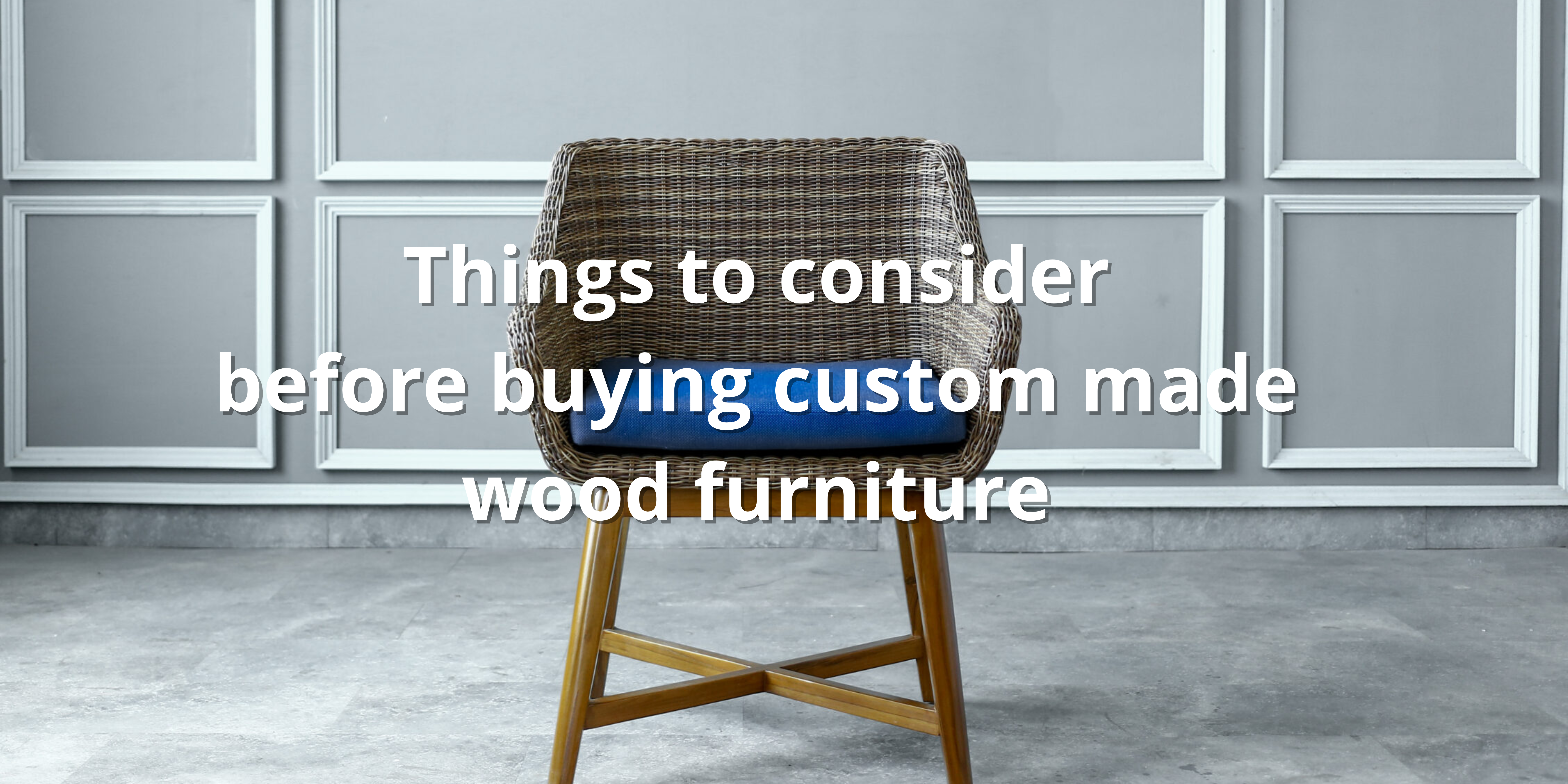Wooden furniture adds a touch of natural beauty and sophistication to any home. However, without proper care, it is susceptible to various forms of damage, especially your outdoor furniture. In this article, we will explore three common ways that can adversely damaging your wooden furniture. Drawing upon the expertise of two professionals in the home living industry, we will provide insights and recommendations on how to avoid these damages. By following these guidelines, you can ensure the longevity and beauty of your cherished wooden furniture pieces.
Summary:
3 common ways to damaging your wooden furnitures are:
- Exposure to Moisture and Humidity
- Sunlight and Heat Exposure
- Improper Cleaning and Handling
Damaging your wooden furniture #1: Exposure to Moisture and Humidity

Exposing wooden furniture to excessive moisture and humidity is one of the primary causes of damage. Moisture can cause wood to swell, leading to warping, splitting, and mold growth. To prevent such damage, consider the following expert advice:
- Protective measures: Avoid placing wooden furniture in areas prone to high moisture levels, such as bathrooms or near windows that may allow water to seep in.
- Coasters and mats: Always use coasters, tablecloths, or placemats to shield the wooden surface from spills and condensation.
- Humidity control: Maintain a stable indoor humidity level (around 40-50%) using dehumidifiers or air conditioners to minimize the risk of damage caused by excessive moisture.
Damaging your wooden furniture #2: Sunlight and Heat Exposure
Direct exposure to sunlight and excessive heat can have detrimental effects on wooden furniture. Prolonged exposure to UV rays can cause fading, while heat can lead to cracking, drying, and warping. To safeguard your furniture from these damages, consider implementing the following expert recommendations:
- Positioning: Place wooden furniture away from direct sunlight or use window treatments like blinds or curtains to block harmful UV rays.
- Finishes and coatings: Apply a protective coat of wax or finish on your wooden furniture to provide a barrier against heat and sunlight damage.
- Rotate and rearrange: Regularly rotate and rearrange furniture to ensure even exposure to sunlight, preventing any noticeable fading or discoloration.
Damaging your wooden furniture #3: Improper Cleaning and Handling
Improper cleaning methods and rough handling can significantly damage wooden furniture. Scratches, stains, and chipped finishes are some of the common consequences. To avoid such mishaps and maintain the pristine condition of your furniture, experts suggest the following:

- Gentle cleaning: Use a soft, lint-free cloth or microfiber cloth for regular dusting and cleaning wooden surfaces.
- Avoid harsh chemicals: Steer clear of harsh cleaning agents, as they can strip the finish or cause discoloration.
- Proper handling: Lift and move wooden furniture carefully to avoid accidental scratches or dents. Use felt pads or furniture glides under legs to prevent scraping against the floor.
Conclusions:
In conclusion, understanding the potential ways in which your wooden furniture can be damaged is crucial for its long-term preservation. By implementing the expert tips provided above, you can protect your furniture from moisture and humidity, sun and heat exposure, and improper cleaning and handling. Regular maintenance, cautious positioning, and appropriate cleaning techniques are essential in ensuring that your wooden furniture remains beautiful and functional for years to come.








